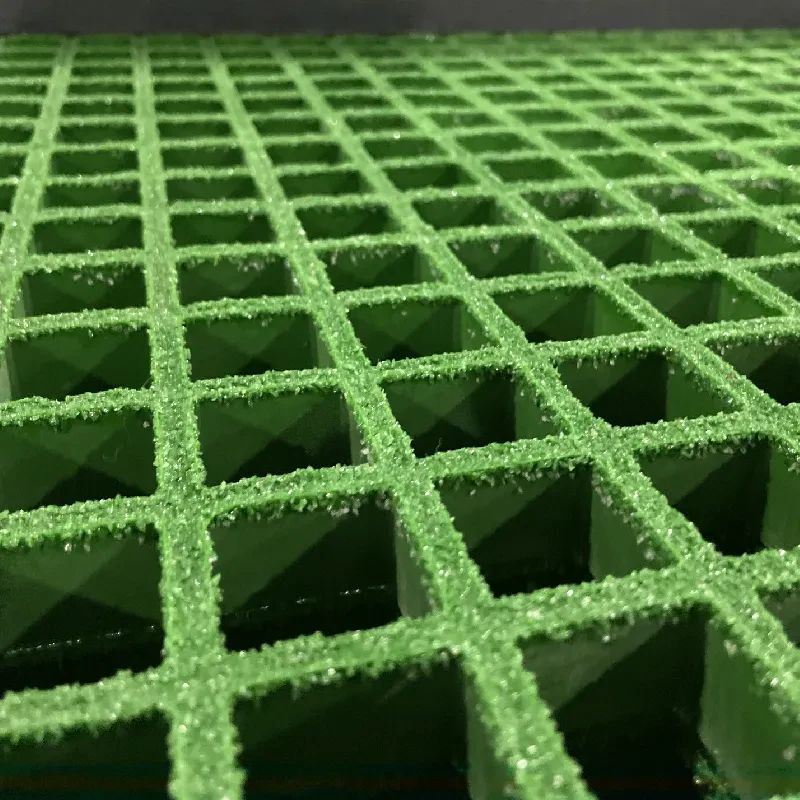loading...
- No. 9, Xingyuan South Street, Dongwaihuan Road, Zaoqiang County, Hengshui, Hebei, China
- admin@zjcomposites.com
- +86 15097380338
- Welcome to visit our website!
waste water treatment
Waste Water Treatment An Essential Process for Sustainable Development
Wastewater treatment refers to the process of removing contaminants from wastewater, or sewage, and is essential for protecting public health and the environment. As urbanization and industrial activities continue to grow worldwide, the efficient management of wastewater has become more crucial than ever. This article explores the significance of wastewater treatment, the processes involved, and the technology used in modern treatment facilities.
The primary objective of wastewater treatment is to reduce the amount of harmful substances before the water is returned to the environment or reused. Untreated wastewater can pose serious health risks, as it may contain pathogens, heavy metals, and toxic chemicals that can pollute water bodies, harm aquatic life, and threaten human health. Therefore, treatment processes aim to mitigate these risks by treating the wastewater through various stages.
Waste Water Treatment An Essential Process for Sustainable Development
1. Primary Treatment This initial stage involves the physical separation of solid waste from the wastewater. During primary treatment, large solids are removed using screens and grates, while sedimentation tanks allow smaller particles to settle at the bottom. The result is a liquid effluent that still contains dissolved and suspended organic matter.
waste water treatment

2. Secondary Treatment This stage addresses the dissolved organic matter left from primary treatment. It employs biological processes, usually involving bacteria that consume the organic material, converting it into biomass. This can be achieved through aerobic processes (requiring oxygen) or anaerobic processes (without oxygen). A common method used in secondary treatment is the activated sludge process, where air is pumped into aeration tanks to promote the growth of bacteria. The byproduct is then separated in secondary clarification tanks.
3. Tertiary Treatment This final stage involves further purification of the treated water, making it safe for discharge or reuse. Tertiary treatment can include advanced filtration, chemical disinfection (using chlorine or ultraviolet light), and nutrient removal (nitrogen and phosphorus). Depending on the treated water's intended use, tertiary treatment can produce high-quality effluent suitable for irrigation, industrial processes, or even potable water after further treatment.
Advances in technology have significantly improved wastewater treatment efficiency and sustainability. Innovative solutions such as membrane bioreactors (MBRs), constructed wetlands, and anaerobic digestion are becoming increasingly popular. MBRs combine biological treatment with membrane filtration, resulting in higher quality effluent with a smaller footprint. Constructed wetlands utilize natural processes in engineered ecosystems to treat wastewater, offering environmental benefits as well as cost-effectiveness. Anaerobic digestion not only treats wastewater but also produces biogas, a renewable energy source that can be used for heating, electricity generation, or as vehicle fuel.
In conclusion, wastewater treatment plays a vital role in safeguarding public health and preserving the environment. As societies continue to face challenges related to water scarcity and pollution, effective treatment processes and innovative technologies will be critical in ensuring sustainable water management. Investing in wastewater treatment infrastructure and research is not merely a necessity but an obligation for a healthier planet and a sustainable future. By prioritizing effective wastewater management, we can protect ecosystems, conserve resources, and promote public well-being.
-
The Rise of FRP Profiles: Strong, Lightweight, and Built to LastNewsJul.14,2025
-
SMC Panel Tanks: A Modern Water Storage Solution for All EnvironmentsNewsJul.14,2025
-
GRP Grating: A Modern Solution for Safe and Durable Access SystemsNewsJul.14,2025
-
Galvanized Steel Water Tanks: Durable, Reliable, and Ready for UseNewsJul.14,2025
-
FRP Mini Mesh Grating: The Safer, Smarter Flooring SolutionNewsJul.14,2025
-
Exploring FRP Vessels: Durable Solutions for Modern Fluid HandlingNewsJul.14,2025
-
GRP Structures: The Future of Lightweight, High-Performance EngineeringNewsJun.20,2025
